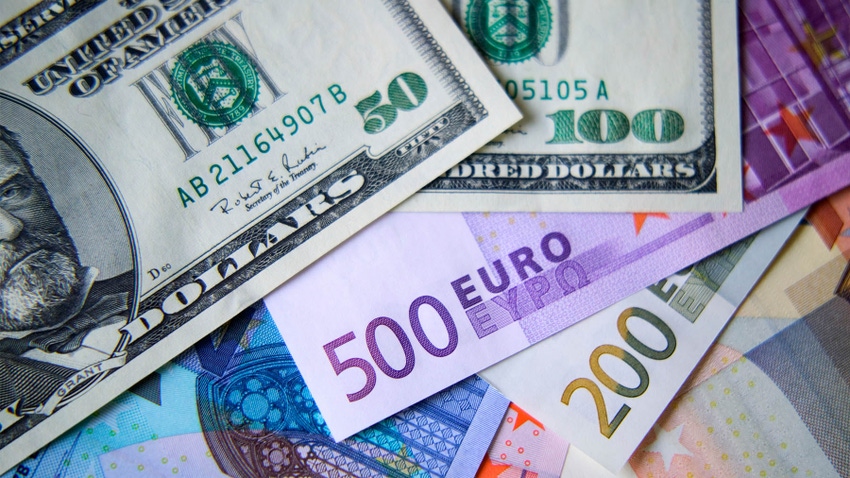
n the halls of banking schools, conferences, and at farm seminars, one question that is top of mind is whether there is a possibility of the dollar being replaced by a new currency. Of course, the greenback has been the staple of world trade for many years. At the end of 2022, the foreign exchange reserves finds that the dollar comprised 58 percent of the inventory, the Euro made up approximately 20 percent, the British pound was about five percent, and the remaining portfolio were other currencies at approximately five percent.
The currency challenges are twofold. The New Development Bank, a multilateral development bank with headquarters in Shanghai, China, and the Asian Infrastructure Investment Bank are the two possible entities. These potential new currencies were designed to be an alternative to the U.S. dollar. The New Development Bank, spearheaded by China and Russia, has sought memberships ranging from Saudi Arabia, Argentina, Honduras, and Egypt to Iran and other countries. While they have extended loans, the cost of new monies has quadrupled as a result of the Russo-Ukrainian War. The bank is still reliant on the U.S. dollar, which makes up about two-thirds of their total. In the next year, the bank will have a major challenge as Russia automatically rotates into leadership, which will reduce confidence and their image on trade exchanges.
The Asian Infrastructure Investment Bank has partially financed the Belt and Road Initiative. This program has made over $1.3 trillion investment loans in nearly 70 countries around the globe since 2013. This is China's effort to expand economic influence, particularly in emerging nations such as the BRICS (Brazil, Russia, India, China, and South Africa). This also was designed to reduce dependence on the U.S. dollar-based lending and provide an alternative to the International Monetary Fund (IMF). This institution is seeking more membership from Western countries.
The state of these alternatives is somewhat struggling as the global economy is slowing down and geopolitical and military concerns loom on the horizon. However, any cracks in the U.S. economy and political stability strategies could boost the status of these alternatives. The stockpiling of gold reserves, particularly with China and other nations, and the possibility of a resurgence of cryptocurrencies as a trade exchange format is occurring.
If these alternative currencies become mainstream, the agriculture industry would be directly impacted because exports are about 20 percent of net farm income. Imports such as fertilizer and energy and direct trade between Asian nations and major competitors such as Brazil and Argentina will need close monitoring as these alternative currencies potentially emerge.
About the Author(s)
You May Also Like






